We introduced the nexus between blockchain technology and impact investing in our last article for advisors . And, we promised we would dive further into impact tokens. Specifically, we want to share five criteria for assessment, since it’s critically important for you and your clients to do your due diligence in this space.
As a refresher, the use cases for blockchain technology are always evolving, and most recently the impact investment community has taken advantage of all blockchain has to offer, marked by the development of a new category of the application called “impact tokens.” They represent one of the United Nations’ seventeen Sustainable Development Goals, most often in the form of a quantified measurement metric linked to its origin activity. Impact tokens can be used to do things like track impacts through supply chains or make performance-based payments.
But, here’s the rub:
For all of the advantages of blockchain and all the hype around impact tokens, this space has, unfortunately, attracted bad actors. That’s why it’s critical that you and your clients use due diligence in scrutinizing any given impact token.
Below, we’ll share five criteria that can be used to assess the integrity of an impact token, as well as its true ability to channel funds in a way that facilitates desired impact outcomes.
Criteria #1: It Contributes True Value to How Impact is Verified
One of the key advantages of blockchain is that it automates both the creation and management of verified data, and it does so with a decentralized approach. So, it follows that any well-designed impact token would be based upon data acquisition and verification models not bound by human judgment or intervention. In other words, its proof of impact can be trusted.

Criteria #2: It Fosters Trust Among Stakeholders and Users
Blockchain projects, by their nature, are designed with high levels of transparency and decentralized consensus-making processes. Those who contribute to protecting a project’s integrity and to its evolution are rewarded. Their success is dependent upon broad buy-in and support from a community of stakeholders and users working to achieve the same goals collaboratively. The best-designed impact tokens should be based on the principle of this commitment to collaboration.
Criteria #3: It Accelerates the Flow of Money to Impact Initiatives
There are other impact-related financial instruments in use, like development impact bonds, but they’re hard to scale. It’s difficult to track progress toward milestones. It’s one reason that the United Nation’s Principles for Responsible Investment initiative has noted several areas where blockchain could accelerate financial flows by simplifying how progress is tracked. For example, blockchain technology could be helpful in more quickly recording the completion of educational certificates for schools.
One successful example that is already in use is the platform used by the World Food Programme. It’s called Building Blocks and offers a great illustration of “blockchain for good.” As a blockchain network for humanitarian assistance, it provides a unique digital identity to every eligible beneficiary and relies on a fingerprint or retina scan to access the identity. It has resulted in millions of dollars in savings while allowing for regular cash transfers with no transaction fees.

Criteria #4: It Curtails the Role of Financial Middlemen
The impact investment community has a broad stakeholder base, and it should be accessible and responsive to the public interest. Any blockchain technology used in managing impact tokens should, therefore, be decentralized, transparent, and based on freely accessible, open-source code.
A good example of transparency is the SolarCoin Foundation. SolarCoin is a cryptocurrency that incentivizes powering our planet with solar energy. Its browser provides access to every single SLR transaction, and its source code is published on the software development platform GitHub.
Criteria #5: It Addresses its Own Environmental Impact
There are environmental effects from creating and managing an impact token, and quality tokens will have addressed this in their design process. There have been studies done on how much energy is required to operate Bitcoin and Ethereum – with this recently published one finding that Bitcoin mining consumes about as much electricity in the span of a year as all of Ireland. As investor interest in crypto continues to grow, energy consumption will, too, if left unchecked.
Final Thoughts on Assessing the Quality of Impact Tokens
More and more people are seeking to invest for the greater good, meaning interest in impact tokens is likely to grow. Using this set of criteria to assess a token’s integrity – and its ability to deliver an investor’s funds into hands that can achieve the desired impact – can help impact investors make better decisions.




